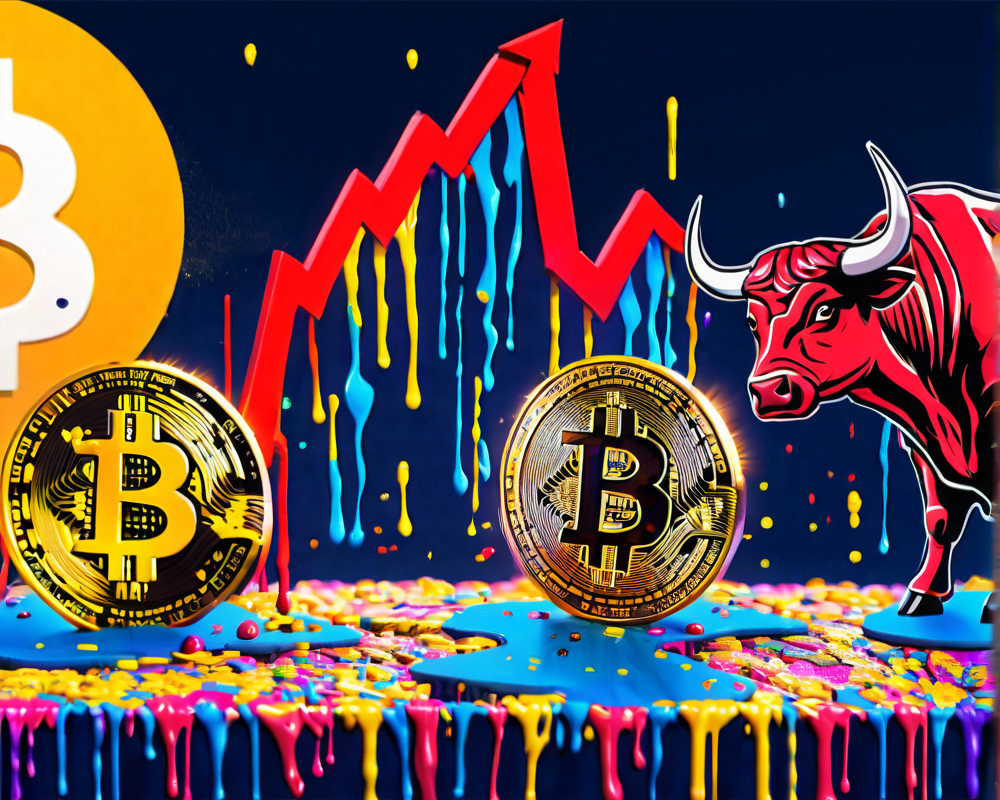Understanding Ether Price Movements
Cryptocurrency trading, especially with Ether (ETH), can feel like trying to ride a rollercoaster blindfolded. Highs, lows, and sudden drops; it’s a dizzying ride. To navigate this wild west, you need to grasp what genuinely influences ETH prices. This isn’t merely about your hunch or a cool trading strategy; it involves hard facts.
Market dynamics hinge on various factors, particularly how ETH correlates with Bitcoin (BTC). With a correlation of 0.9, understanding Bitcoin’s price swings is crucial. For instance, bullish trends in Bitcoin can lead to a ripple effect, buoying ETH’s price as well. Keeping your eyes peeled for institutional investments and macroeconomic events is equally essential, as these can pivot ETH from bullish to bearish in a blink.
Spotting Seasonal Trends
Like a sports schedule, cryptocurrency has its seasons too, and knowing the playbook can make a substantial difference. ETH seems to wear its best outfit in February, April, and May, while it looks a bit drab in September, June, and March. This trend is significant for traders trying to maximize their gains.
- Buy in September, June, and March: Historically these months have been poor for ETH’s performance—time to pounce if you’re looking to buy low.
- Sell in February, April, and May: These months are the party times for ETH, so it might be wise to take profits then.
Understanding these monthly trends can put you ahead of the curve. You wouldn’t wear winter coats in July, right? Nor should you invest without checking the season.
Embracing Dollar-Cost Averaging
Ever heard of dollar-cost averaging (DCA)? If not, think of it as the steady tortoise in a race of hares. Instead of betting all your pennies on ETH at once, you spread your investments over time, like a light drizzle instead of a torrential downpour. Investing a set amount each month means buying fewer coins when prices are high and more when they’re low, effectively averaging your cost.
This strategy is highly effective for those new to cryptocurrency pressure. You can sit back while ETH does its rollercoaster thing, knowing you’ve methodically diversified your investment over time.
The Shanghai Upgrade: What It Means
As the Ethereum Shanghai upgrade approaches, there’s a two-sided coin to flip. On one side, holders may be itching to withdraw their staked ETH, which might overpower the price in the short term. But if investors choose to hold rather than sell, that could lend some bullish sentiment to ETH.
So keep an eye on this; the market liquidity dynamics around the upgrade could create tempestuous waves of opportunity—or pitfalls.
Long-Term Indicators and Patience
Fundamental indicators may not sparkle on your radar when you look at short-term prices, but they hold wisdom for patient investors. Active addresses, network updates, and functionality all create a positive outlook for Ethereum, especially as its ecosystem thrives and expands.
While the recent Merge brought astounding energy efficiency by cutting consumption by 99.9%, some market blunders obscured this triumph. However, for those with crystal balls focused not just on today but on tomorrow, ETH offers fantastic potential through 2023 and even beyond.




